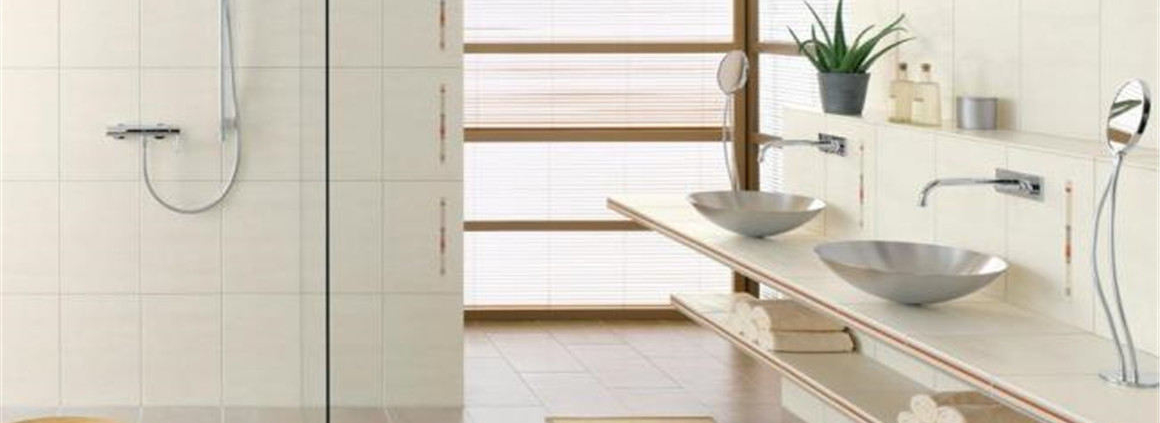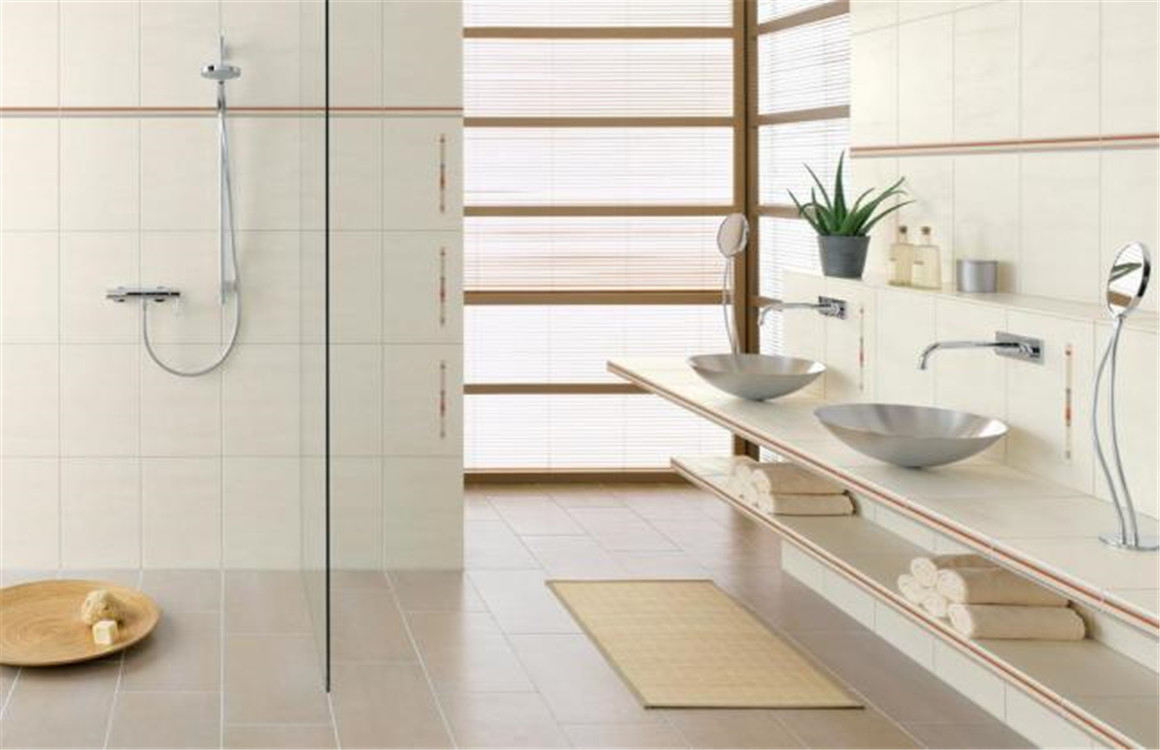How Replacing an Undermount Sink?
Cut through the caulk that connects the sink to the underside of the counter. Reach into the sink from above and run the blade of a utility knife through the bead of caulk, all the way around the rim of the sink. Work carefully so you don’t scratch the lip of the opening in the countertop. This caulk helps to hold the undermount sink in place but is primarily there to prevent water from getting between the sink rim and the underside of the counter.
Remove the holding clips under the sink while supporting it from below. Although it will be a tight fit in the sink cabinet, this is safer and easier with a second set of hands helping you. While the second person holds the bottom of the sink, remove the several clips (often 4-6) that pin the sink rim against the underside of the counter. They will either be screwed or epoxied into place.
If they’re attached with screws, simply use a screwdriver to remove them. If they are stuck in place with epoxy, use a putty knife to scrape, pry, and wedge the clips apart from the underside of the counter. Once you remove the clips, the sink will be free to fall, so make sure it’s being held up by someone.
Lower the sink down and out of the cabinet. Now that the caulk and the clips have been removed, simply guide the sink downward and out of the cabinet. If you are reusing the existing faucet and drain, remove them now. But it’s more likely that you’ll want to install new ones with your new sink.
Install the faucet, but not the drain, in the new sink. Unlike with a top-mount sink, don’t install the drain before installing an undermount sink. But it’s easier to install the new faucet now instead of having to work from inside the sink cabinet. Installing a faucet is within the skill set of most DIYers, but the process differs based on the type and model of faucet. Closely follow the instructions that come with the new faucet.
Apply a bead of silicone caulk around the entire top rim of the sink. Use a silicone caulk designed for bathroom applications. Make sure the bead is continuous around the entire rim of the sink. Like the stuff you removed from the old sink, this caulk is mostly there for waterproofing, but also helps hold the sink in place.
















